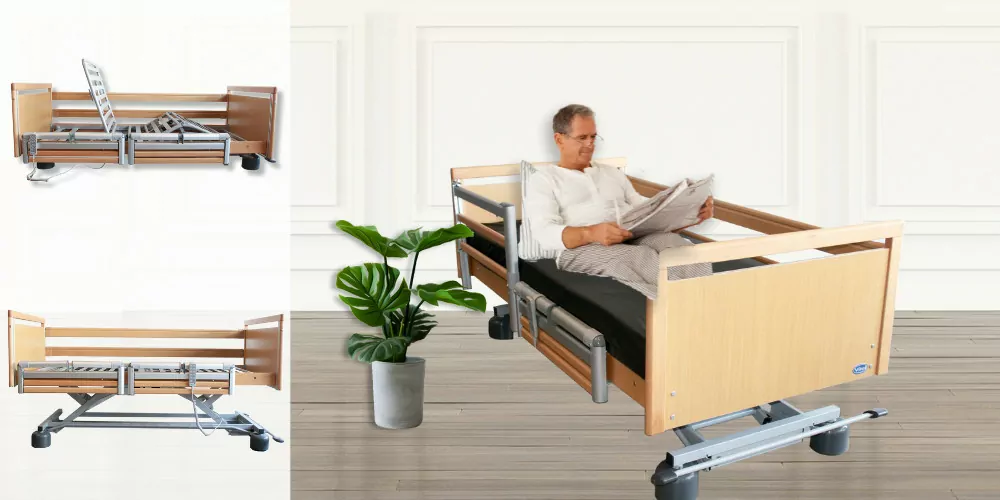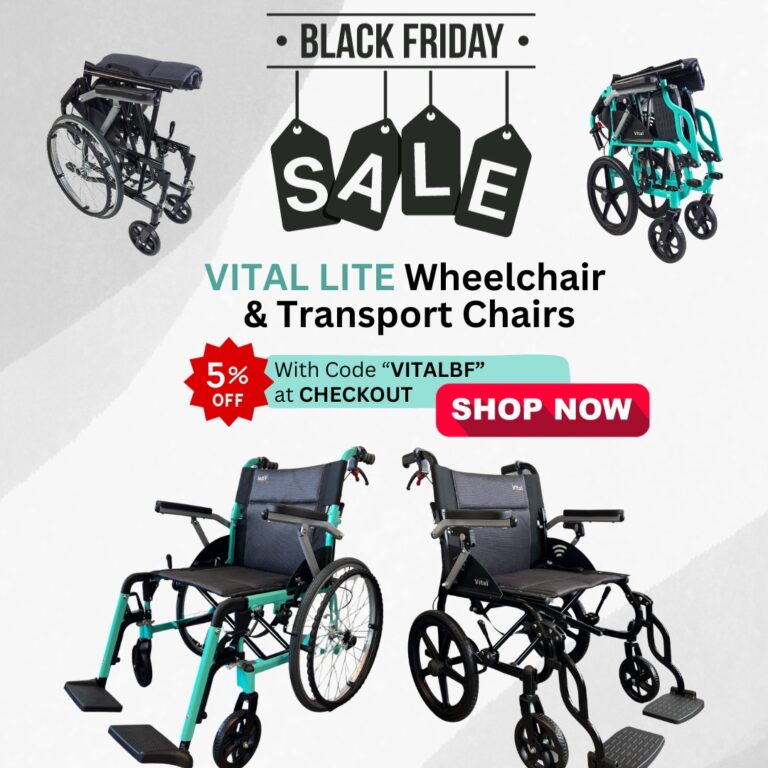When it comes to home hospital beds, customization options are key. These beds are designed to meet individual needs, offering adjustable features like height, head, and foot positions, as well as the Trendelenburg position. Let’s dive into why these customization options matter and how they benefit patients.
Home Hospital Beds Positioning
Firstly, the ability to adjust the height of the bed is crucial for patients with mobility issues. By lowering the bed to a comfortable height, patients can easily get in and out safely, reducing the risk of falls. This feature also makes it easier for caregivers to assist patients, as they can raise the bed to a more comfortable working height.
Adjustable head and foot positions are also important. Being able to raise or lower the head of the bed can help patients find a comfortable sleeping position, which is especially beneficial for those with conditions like acid reflux or sleep apnea. Similarly, adjusting the foot position can relieve pressure on the lower back and legs, promoting better circulation and reducing the risk of bedsores.
Trendelenburg position, where the bed is tilted so that the feet are higher than the head, can be beneficial for patients with certain medical conditions. This position can help improve circulation, reduce swelling, and relieve pressure on the lungs, making it easier for patients to breathe. Adjusting the bed to the Trendelenburg position can greatly improve the comfort and well-being of patients who require this specific bed setting. Reverse Trendelenburg position, or the forward tilt of the bed, can help bring the bed into Cardiac Chair position – ideal for individuals with heart and lung issues.
Side Rail Options for Your Bed
In addition to these basic adjustments, home hospital beds also offer a range of accessories to further customize the bed to the patient’s needs. Side rails can provide added safety and security, particularly for patients at risk of falling out of bed.
One common type of rail is the full-length rail, which extends along the entire length of the bed. Full-length rails provide maximum protection against falls and can be particularly useful for patients who are at risk of rolling out of bed. These rails can be raised and lowered as needed by caregivers, providing easy access to the bed when necessary. Whereas these rails are widely used in the homecare environment, they are not as popular in the long term care and retirement community environments.
Half-length rails are another option, which extends only partway along the bed. These rails provide some protection against falls while still allowing for easy access to the bed. Half-length rails are often preferred for patients who need some assistance with mobility but do not require the full protection of a full-length rail.
Assist bars are a type of rail that can be attached to the bed to provide additional support for patients when getting in and out of bed. These bars are usually mounted near the head of the bed and can be used as a handhold for stability. Assist bars can be helpful for patients with mobility issues who need extra support when moving in and out of bed. They are also beneficial for individuals who need to readjust their positioning while in bed.
More Hospital Bed Accessories to Consider
Trapeze bars can assist patients in changing positions or transferring to a wheelchair, while therapeutic mattresses can help prevent and treat bedsores.
Battery backup systems are crucial for ensuring that the bed remains functional during power outages. This feature is especially important for patients who rely on powered features of the bed for their comfort and care. Battery backup systems provide peace of mind, knowing that the bed will continue to function even in emergencies.
Backlit remote controls are another useful feature of home hospital beds. These remote controls make it easier for patients and caregivers to operate the bed, especially in low-light conditions. The backlit display ensures that the controls are visible and easy to read, reducing the risk of errors or confusion when adjusting the bed’s settings.
These customization options not only benefit patients but also make life easier for caregivers. By being able to adjust the bed to the optimal height, position, and angle, caregivers can provide better care with less strain or risk of injury.
Highly customizable home hospital beds are essential for meeting the individual needs of patients and ensuring their comfort and well-being. As more patients choose to receive care at home, the importance of these options will only continue to grow. For Canada’s best selection of affordable, quality home hospital beds shipping across the country ,contact Vital Mobility today at 905-532-9494.

















